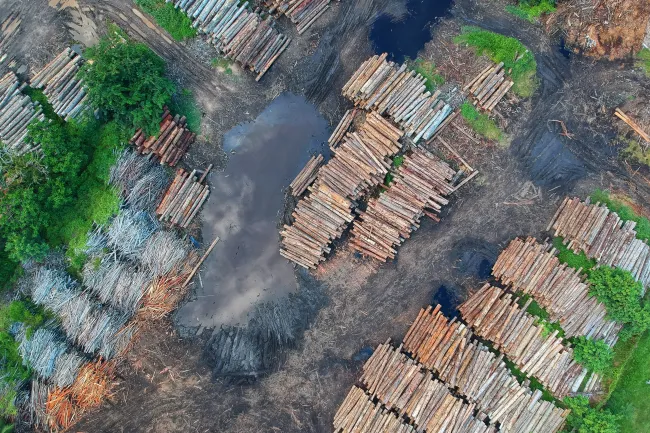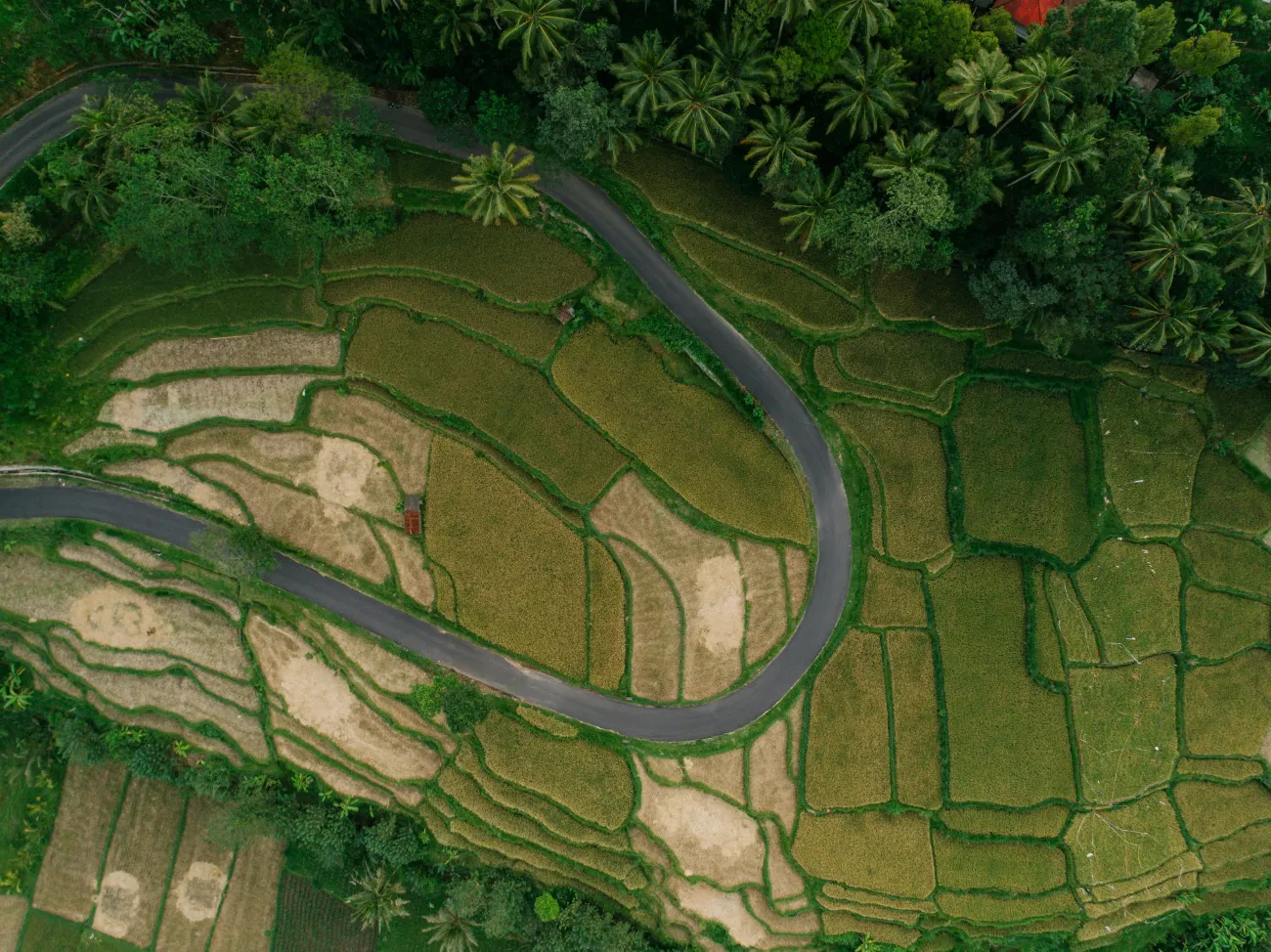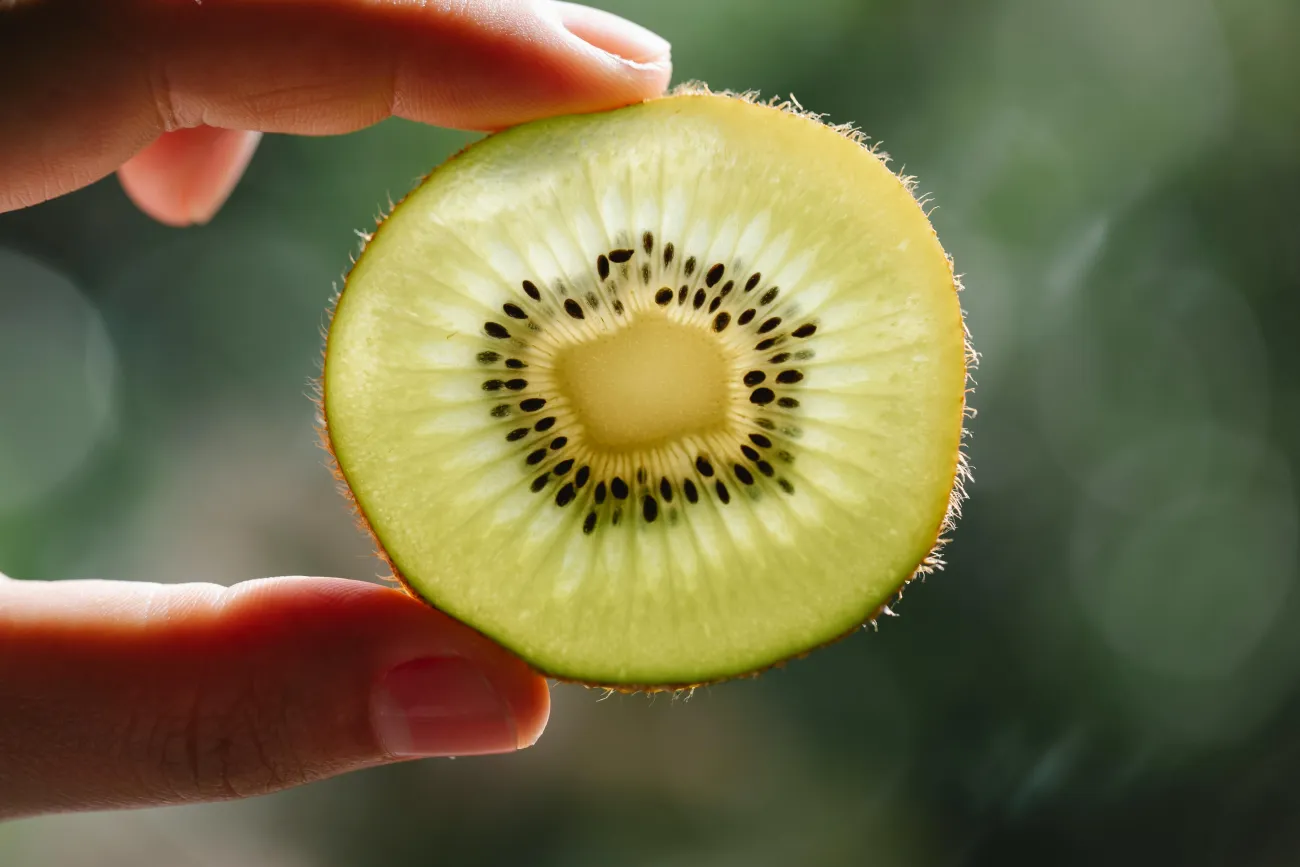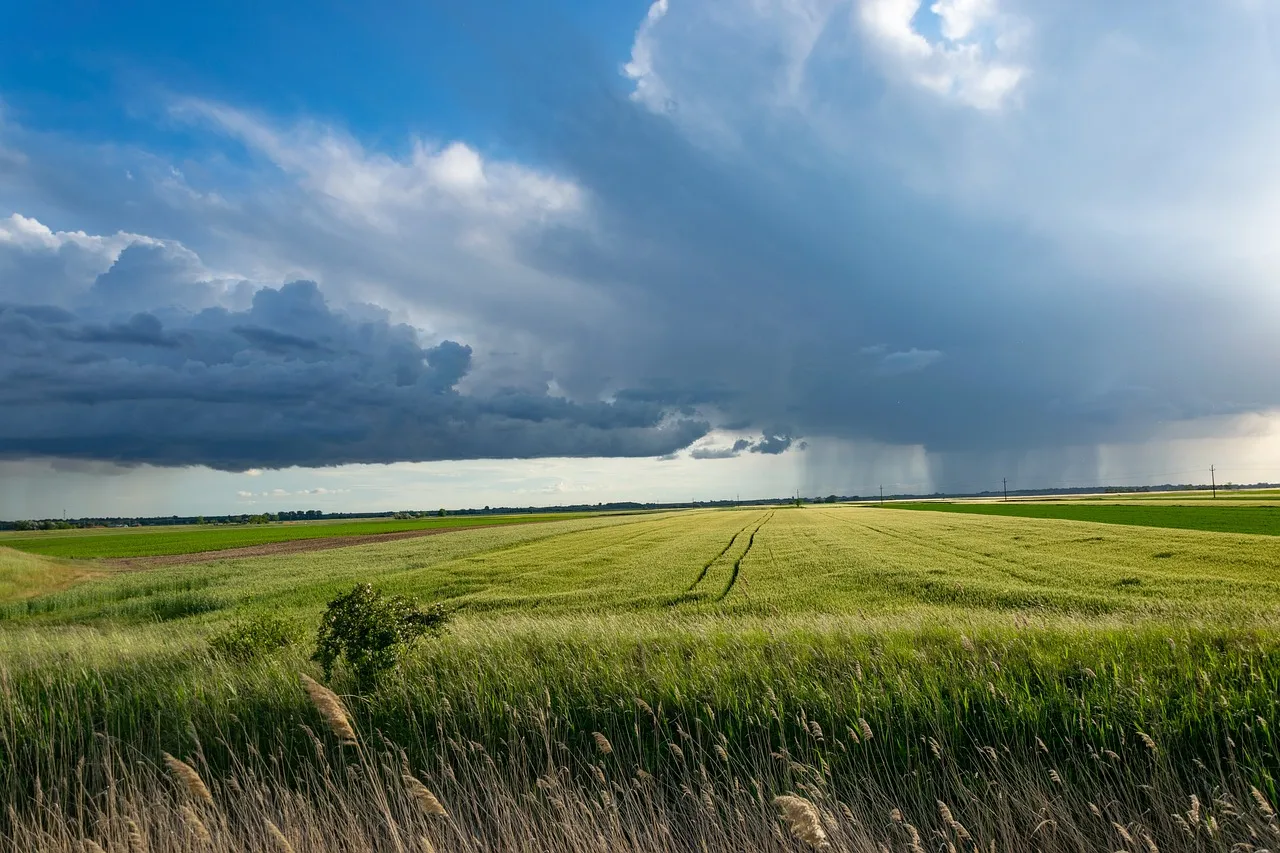This paper examines the threat to current wilderness from climate-driven agricultural expansion. Through modelling future crop suitability, the authors establish that 2.7 million km2 of wilderness, particularly at high-latitude, will become newly suitable for agriculture within the next 40 years.

Summary
Agricultural expansion is a major threat to conserving wilderness areas that are vital to climate mitigation goals (containing globally significant carbon stocks), as well as biological and cultural diversity. As the climate warms and populations grow, crop production will increase and shift away from areas made unsuitable by climatic change and towards wilderness areas that were previously not suited to crop production. This process of agriculture expanding into wilderness, is already happening in high northern latitudes, creating a global climate-driven northward shift in cultivable land. An estimated 3.3 million km2 (0.6%) have been lost since the early 1990s, with little increase in protection of wilderness despite these losses.
To examine future threat, this paper uses the Food and Agricultural Organization (FAO) Ecocrop model to model climate suitability of 1,708 crop varieties using recent (2008–2019) and future (2050–2061) climate data for Representative Concentration Pathways (RCP) 4.5 (intermediate scenario) and 8.5 (high-emissions scenario). Agricultural frontiers were defined as currently unsuitable (2008–2019) land that will be suitable for growing at least one crop by 2050. Using a map of wilderness areas, the researchers identified that 40.1% (intermediate scenario) to 43.1% (high-emission scenario) of frontiers are in wilderness areas. Agricultural frontiers were located predominantly at high northern latitudes, with some of the largest expanses of frontier located in Alaska, Canada, and Northern Russia. Under the high-emission scenario, 2.7 million km2 of wilderness will become suitable for agriculture within 40 years.
The authors explored the geographic variation of these threats to wilderness across each major biogeographic realm and at different latitudes. Wilderness in northern realms was particularly at risk; in the nearctic 63% (high-emission scenario) of newly suitable land was in wilderness, accounting for 5.9% of total wilderness in the realm, in the Palearctic ~44% of suitable land was in wilderness, accounting for ~10% of total wilderness in the realm. Encroachment of wilderness is also particularly acute at higher northern latitudes. Between 60 and 90N, almost 80% (high-emissions scenario) was in wilderness, accounting for ~10% of the total wilderness in the realm.
The authors also quantified changes in diversity of crops outside wilderness areas to understand how wilderness might be affected by current agricultural land becoming unsuitable due to climate change. They found that 95% of land in non-wilderness agricultural land experienced a loss in diversity with ~6% of currently suitable land becoming unsuitable for any crop in 2050. This decline in crop diversity has the potential to decrease pressure on biodiversity in tropical regions, through land becoming inappropriate for crop cultivation, leading to passive rewilding. However with the increased per-capita demand for food, it seems unlikely that a reduction in crop diversity would reduce agricultural pressure. Whether climate driven agricultural abandonment will lead to biodiversity gains is not modelled, but the researchers remarks that the land that is potentially most likely to be abandoned is located predominantly in arid regions that are not noted for their exceptional diversity.
Finally, the researchers looked at globally important crops because the pressure to convert wilderness to agricultural land will be higher when there is high demand for staple foods. They used the 12 highest production value crops according to FAO Stat and found that all were predicted to lose currently suitable land and gain new land in wilderness areas. Around 8% of new land for these crops was located in wilderness areas and up to ~25% for potatoes.
The authors conclude by offering a series of suggestions for how agricultural production could be increased without increased loss of wilderness. These include:
- Closing current yield gaps
- Increasing cropping efficiency
- Shifting diets away from excessive meat consumption
- Reducing food waste
- Crop diversification, including breeding novel crops for a changing climate
They also point to the need for new and reinforced safeguards that protect and conserve existing wilderness areas.
The projections used in this paper come with a set of uncertainties and limitations, including:
- The EcoCrop model contains assumptions about whether climatic conditions are adequate within a growing season for a given crop variety.
- Realised crop yields will depend on a range of technological, agricultural management, and socio-economic factors that were not included in this current modelling framework
- Estimates of agricultural frontier expansion into wilderness areas and the overall diversity of crops in any given area are contingent on threshold-suitability values used to determine whether crop production is viable.
- The degree of uncertainty in model outputs coupled with additional uncertainty in future climate changes means that the findings should not be interpreted as precise predictions
- Each scenario (intermediate/ high-emission) contained 12 probabilistic projections of future climates, and each of the projections yielded slightly different estimates. However, variations in the area of wilderness predicted to become newly suitable for crop production was relatively minor in comparison to differences predicted under the different concentration pathways
Abstract
Agriculture expansion is already the primary cause of terrestrial biodiversity loss globally1,2; yet, to meet the demands of growing human populations, production is expected to have to double by 2050.3 The challenge of achieving expansion without further detriment to the environment and biodiversity is huge and potentially compounded by climate change, which may necessitate shifting agriculture zones poleward to regions with more suitable climates,4 threatening species or areas of conservation priority.5,6,7 However, the possible future overlap between agricultural suitability and wilderness areas, increasingly recognized for significant biodiversity, cultural, and climate regulation values, has not yet been examined. Here, using high-resolution climate data, we model global present and future climate suitability for 1,708 crop varieties. We project, over the next 40 years, that 2.7 million km2 of land within wilderness will become newly suitable for agriculture, equivalent to 7% of the total wilderness area outside Antarctica. The increase in potentially cultivable land in wilderness areas is particularly acute at higher latitudes in the northern hemisphere, where 76.3% of newly suitable land is currently wilderness, equivalent to 10.2% of the total wilderness area. Our results highlight an important and previously unidentified possible consequence of the disproportionate warming known to be occurring in high northern latitudes. Because we find that, globally, 72.0% of currently cultivable land is predicted to experience a net loss in total crop diversity, agricultural expansion is a major emerging threat to wilderness. Without protection, the vital integrity of these valuable areas could be irreversibly lost.
Reference
Gardner, A.S., Trew, B.T., Maclean, I.M., Sharma, M.D. and Gaston, K.J., 2023. Wilderness areas under threat from global redistribution of agriculture. Current Biology.
Read the full article here and for more on land use change see our soy explainer




Comments (0)